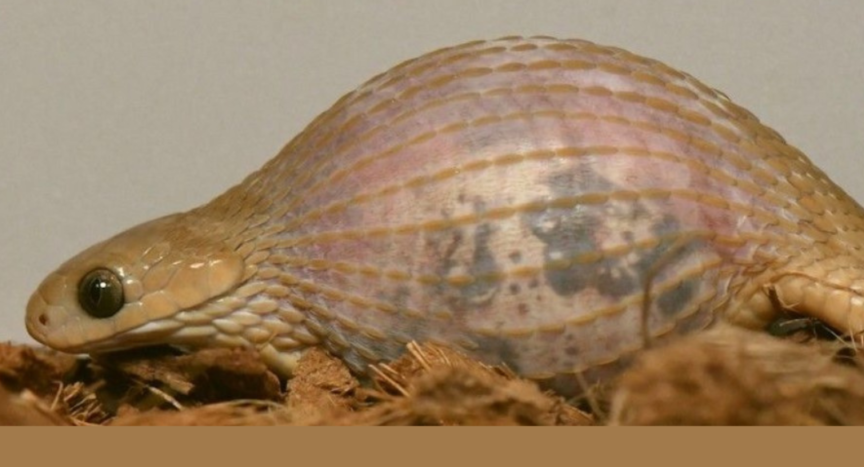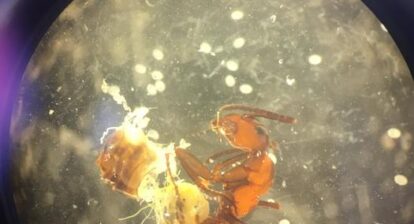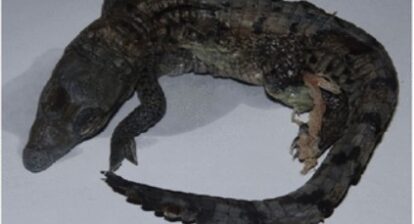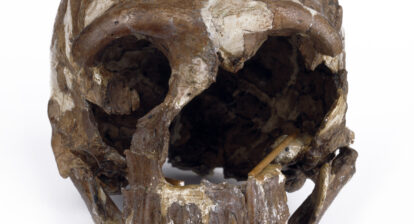- This small African snake can consume bigger prey relative to its own size!
It was discovered by Bruce Jayne, biologist at the University of Cincinnati. He observed that the Gans’ egg-eater, (Dasypeltis gansi), can consume bigger prey relative to its own length and mass, a feat that beats even Burmese pythons that are among the most massive snakes on Earth.
“They probably would hold the Guinness world record,” biologist Bruce Jayne at the University of Cincinnati Jayne, says in a statement. “It’s spectacular but on a small scale. People focus on big snakes eating big things, but if you correct for their size, these little guys are pretty scary.”
The Gans’ egg-eating snakes, named after herpetologist Carl Gans and reaching lengths of approximately three feet, exhibit a slender profile. Despite its unassuming appearance and non-venomous nature, this snake possesses an extraordinary ability relative to its size: it can devour larger prey than any other snake on the planet, thanks to the remarkable stretchiness of the skin between its left and right lower jawbones.
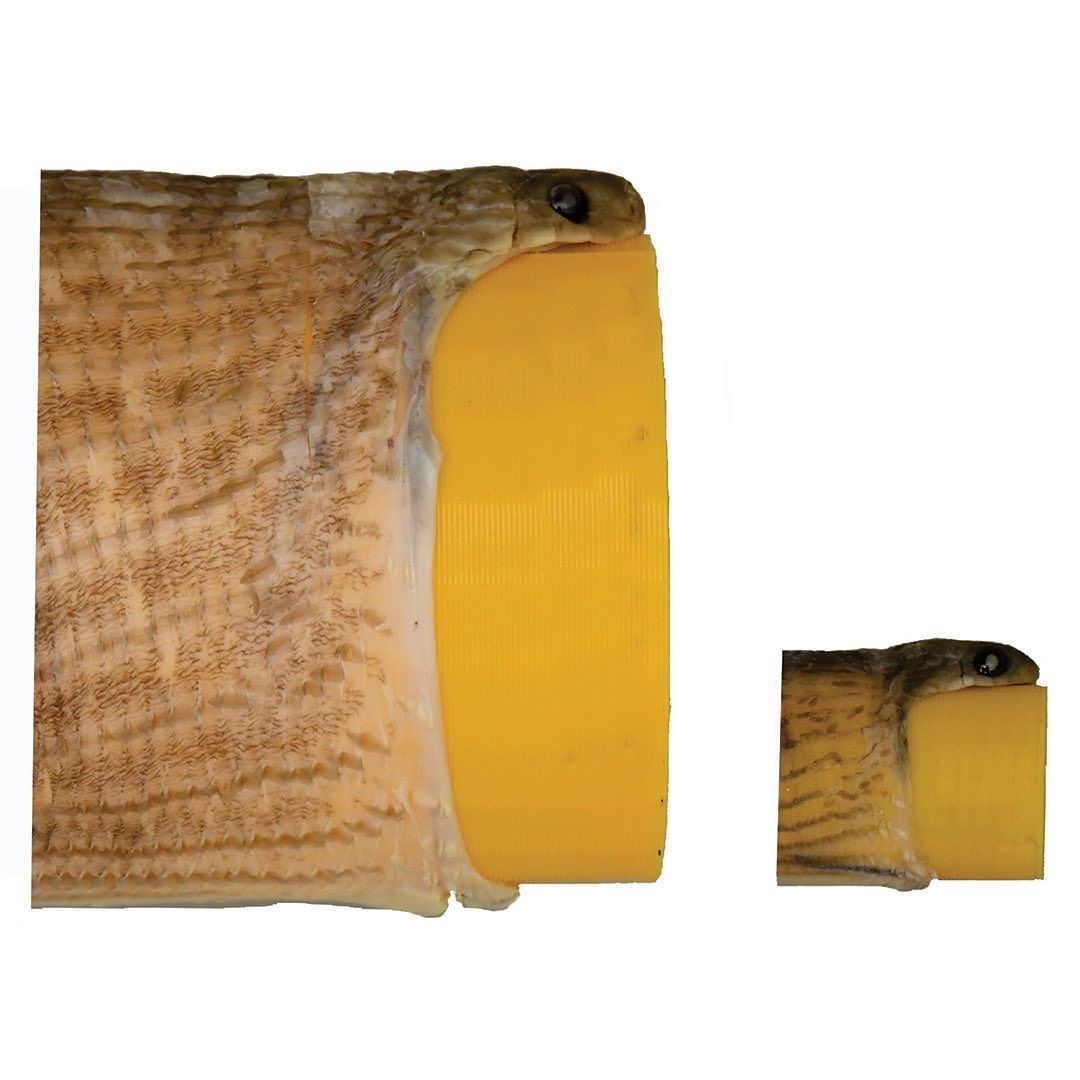
Bruce Jayne et al/UC 2023
But thanks to stretchy skin between its left and right lower jawbones, the Gans’ egg-eater has the ability to consume eggs many times larger than its head.
“They can consume prey three to four times bigger than snakes that are generalists such as the black rat snake,” Jayne said.
In the featured video, the egg-eater consumes the egg whole and then contorts its spine to crack it. After swallowing the contents it regurgitates the empty, broken shell. By contrast, other snakes such as rat snakes, typically digest the egg, shell and all.
Jayne’s previous studies had shown that adult Burmese pythons can consume dear weighing more than 70 pounds and alligators 100 pounds or more but this little African snake can swallow prey “with a cross-sectional area more than twice that of a Burmese python of similar weight“.
Unlike rodent-eating species, which don’t require as wide jaw openings to consume their elongated prey, bird eggs are nearly perfectly spherical in shape. Consequently, having larger mouths is advantageous for species that feed on bird eggs as it allows them to swallow a greater mass of food.
“One likely reason this extreme gape evolved in African egg-eating snakes is that they specialize on a prey shape with a modest amount of mass per cross-sectional area,” Jayne said. “That puts a premium on having a wide mouth.”
Now this means that some other evolutionary changes needed to occur, for example, it has evolved a soft mouth with fewer teeth so as not to interefere with gripping the egg. This means it has developed a different defence strategy. It defends itself against predators by mimicking venomous saw-scaled vipers, Jayne said.
“They put on quite a show, making a hissing sound by rubbing their scales together. They’ll flatten their heads and strike,” Jayne said. “It’s comical because it’s all bluff. They’re toothless wonders.”
Clearly, the Gans’ egg-eating snake is a remarkable species that has developed highly specialized feeding behavior. Its ability to consume eggs much larger than its own head is a testament to the incredible adaptability and unique anatomy of this snake. While it might not be as well-known as some larger or venomous snake species, it is certainly a fascinating example of nature’s diversity and ingenuity.
The study was published in the Journal of Zoology.
